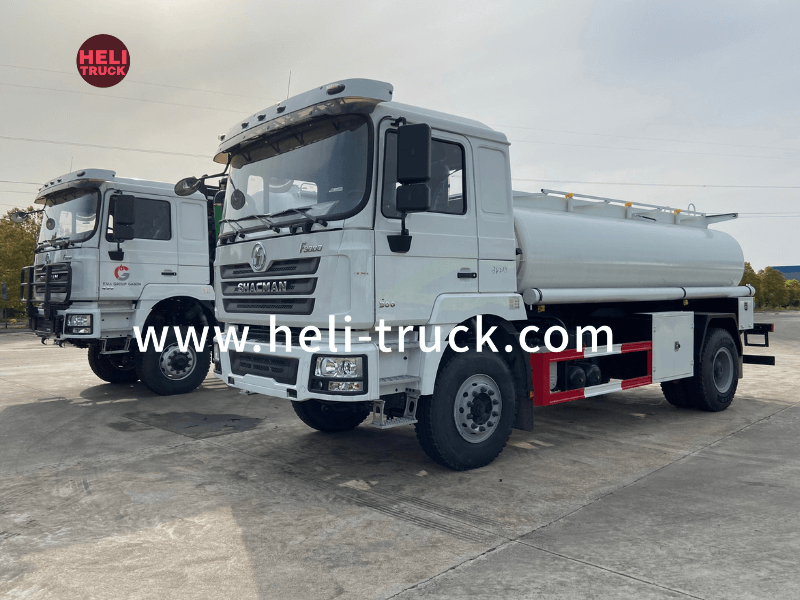Introduction:
With the ever-increasing global population and rapid urbanization, waste management has become an imminent challenge for municipalities worldwide. The safe and efficient disposal of hazardous materials has emerged as a top priority. In this article, we will explore the innovative solution of garbage compactor trucks specifically designed for the collection and disposal of hazardous waste. These trucks not only enhance safety and environmental protection but also streamline the waste management process. In this comprehensive guide, we will delve into the operational functions, benefits, and future prospects of garbage compactor trucks for hazardous materials.
1. Understanding Hazardous Waste:
Before delving into the specifics of garbage compactor trucks for hazardous materials, it is crucial to understand what constitutes hazardous waste. Hazardous waste encompasses any solid, liquid, or gaseous substances that pose a threat to human health and the environment. This includes chemicals, pharmaceuticals, radioactive materials, biohazards, and other toxic substances. Due to their potentially harmful nature, proper handling, transportation, and disposal of hazardous waste are of utmost importance.
2. The Need for Specialized Waste Management Trucks:
Traditional waste management trucks are not equipped to handle hazardous materials. These vehicles lack the necessary safety features and containment systems required for the collection and transportation of hazardous waste. Therefore, the development of garbage compactor trucks specifically designed for hazardous materials has become crucial in order to ensure the safe management of these waste streams.
3. Key Features of Garbage Compactor Trucks for Hazardous Materials:
a. Refuse compactor truck driver training : Garbage compactor trucks for hazardous materials are equipped with specialized containment systems to prevent the leakage or spread of toxic waste during collection and transportation. These systems include sealed compartments, leak-proof seals, and double-walled containers to minimize the risk of contamination.
b. Ventilation and Filtration: Hazardous waste often emits noxious fumes that can be harmful to human health. Garbage compactor trucks are fitted with advanced ventilation and filtration systems to ensure that harmful gases are contained and filtered before being released into the atmosphere. This protects both the environment and the truck's crew members.
c. Enhanced Safety Measures: Hazardous waste poses significant risks to those handling it. Garbage compactor trucks are designed with safety features such as reinforced frames, anti-slip surfaces, and emergency shutdown mechanisms to protect workers from potential accidents or exposure to hazardous materials.
d. Spill-Proof Design: Accidental spills during waste collection are not uncommon. However, in the case of hazardous waste, even the smallest spill can result in severe consequences. Garbage compactor trucks are designed with spill-proof features, such as built-in spill containment trays and high-pressure washing systems, to ensure that any spills are immediately contained and cleaned up.
4. Operational Functions of Garbage Compactor Trucks for Hazardous Materials:
a. Collection: Garbage compactor trucks for hazardous materials are designed to collect waste from specific locations, such as industrial facilities, medical institutions, and research laboratories. Trained personnel handle the waste collection process, ensuring that all hazardous materials are properly segregated and stored within the truck's containment system.
b. Compaction: Once the waste is collected, garbage compactor trucks utilize specialized compaction mechanisms to reduce the volume of the hazardous materials. This not only optimizes the truck's carrying capacity but also minimizes the number of trips required for waste disposal.
c. Transportation: Garbage compactor trucks for hazardous materials are equipped with robust suspension systems to ensure the safe transportation of the waste. These trucks adhere to strict regulations and guidelines for hazardous waste transportation to minimize the risk of accidents or spillage during transit.

d. Disposal: The final step in the waste management process is the proper disposal of hazardous materials. Garbage compactor trucks transport the waste to designated treatment facilities, where the waste is processed, neutralized, or incinerated in accordance with local regulations and environmental standards.
5. Benefits of Garbage Compactor Trucks for Hazardous Materials:
a. Improved Safety: The primary benefit of garbage compactor trucks for hazardous materials is the enhanced safety they provide to both the workers and the general public. The containment systems, spill-proof design, and safety features reduce the risk of accidents, spills, and exposure to toxic substances.
b. Environmental Protection: By preventing the leakage and dispersion of hazardous waste, garbage compactor trucks contribute to environmental protection. The ventilation and filtration systems minimize the release of harmful gases into the atmosphere, safeguarding air quality and reducing the risk of environmental contamination.
c. Efficient Waste Management: The compaction mechanisms and optimized carrying capacity of garbage compactor trucks enable more efficient waste management operations. This reduces the number of trips required for waste collection and transportation, resulting in cost savings and improved resource allocation.
6. Future Prospects and Challenges:
As technology continues to advance, the future of garbage compactor trucks for hazardous materials looks promising. With the integration of automation, artificial intelligence, and remote monitoring systems, these trucks will become even more efficient and safer in the years to come. However, challenges such as the development of universal containment systems and the standardization of waste management regulations across different regions need to be addressed to ensure consistent and effective hazardous waste management.
Conclusion:
Garbage compactor trucks for hazardous materials are revolutionizing waste management practices by providing an efficient and safe solution for the collection, transport, and disposal of toxic waste. With their specialized features, these trucks significantly reduce the risks associated with handling hazardous materials while ensuring environmental protection. As we move toward a more sustainable and responsible waste management system, these trucks will play a vital role in promoting safety, protecting the environment, and streamlining waste management operations.
